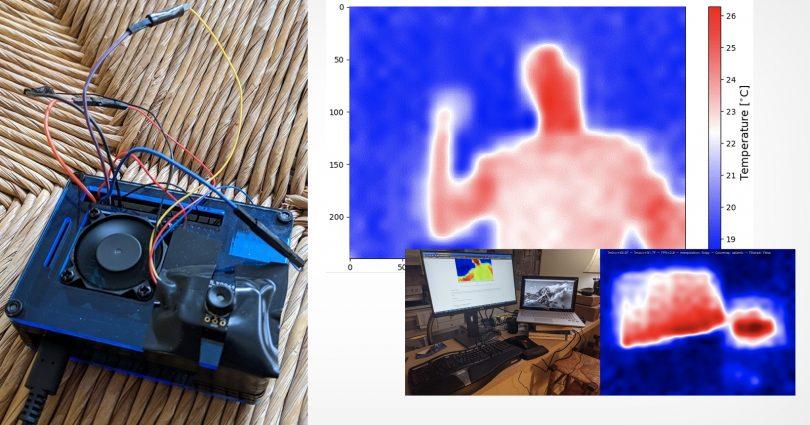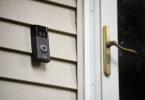[ad_1]
![]()
Thermal cameras are costly. They will price anyplace between just a few hundred to a couple thousand {dollars} to purchase and may price $50 a day to hire. So why not simply construct one for round $100?
As printed on the Raspberry Pi blog, DIY-er Tom Shaffner needed to examine his home with an infrared digicam to see the place he might enhance his insulation (seeing as he’s spending much more time there working from residence). To his dismay, doing so was shockingly costly. After seeing the $50 a day rental payment from the native ironmongery store, he determined a greater choice would simply be to construct one himself.
Shaffner has published your entire construct directions and needed software program setup steps to Github for all to get pleasure from.
As DIY Pictures reports, the construct could be very inexpensive. The MLX90640 Thermal Camera from Pimoroni prices simply $50 and he hooked up it to a $35 Raspberry Pi 4, a $10 Raspberry Pi SD card with Raspbian put in, and a $12 energy provide, bringing his whole funding to simply $107.
If you wish to get fancier with it and have it operate as you stroll round, you’ll wish to discover some approach to see the digicam’s output reside.
“You’ll most likely want a transportable battery for the machine and, in the event you’re not going to stream the video over your Wifi, you’ll need a display screen to connect to the Pi,” Schaffner writes. “I went with the Wifi choice so I can’t communicate to screens, however I’d think about any of the numerous Pi-specific screens can be high quality for this.”
![]()
Only a few years in the past, the most effective low-cost infrared cameras would solely produce an 8 x 8 decision, which isn’t nice and wouldn’t actually be good for this utility. Nevertheless, the brand new MLX9040 jumped that decision to 24 x 32 which permits every body taken to indicate 768 completely different temperature readings.
Beneath one among Schaffner’s instance photographs that exhibits how the infrared digicam views a scene the place the lamp is sizzling, whereas the home windows are chilly.
![]()
And, most significantly, the picture beneath the place Schaffner makes use of the machine to seek out lacking insulation that he can now repair.
![]()
Schaffner additionally notes that the simplicity and connectivity of the machine would additionally make it preferrred for a safety digicam.
“Whereas the MLX90640 won’t ever present footage or video of the extent of constancy that some rather more costly skilled cameras present, what’s proven right here is greater than sufficient to display the efficacy and usefulness of the digicam each for leisure functions, as a safety digicam, and for a thermal analysis of a home,” Schaffner writes. “The model of the digicam with a narrower viewing angle (55 Levels as an alternative of 110) would doubtless be higher for the thermal analysis objective however be of much less worth as a safety digicam.”
For those who’re inquisitive about constructing your personal infrared digicam, be sure to learn Schaffner’s detailed construct directions and use case examples on Github.
[ad_2]
Source link







